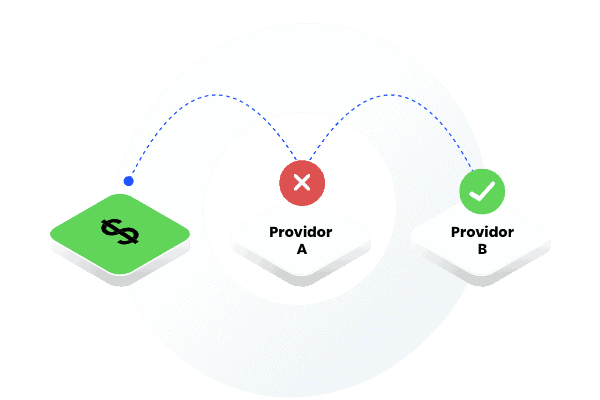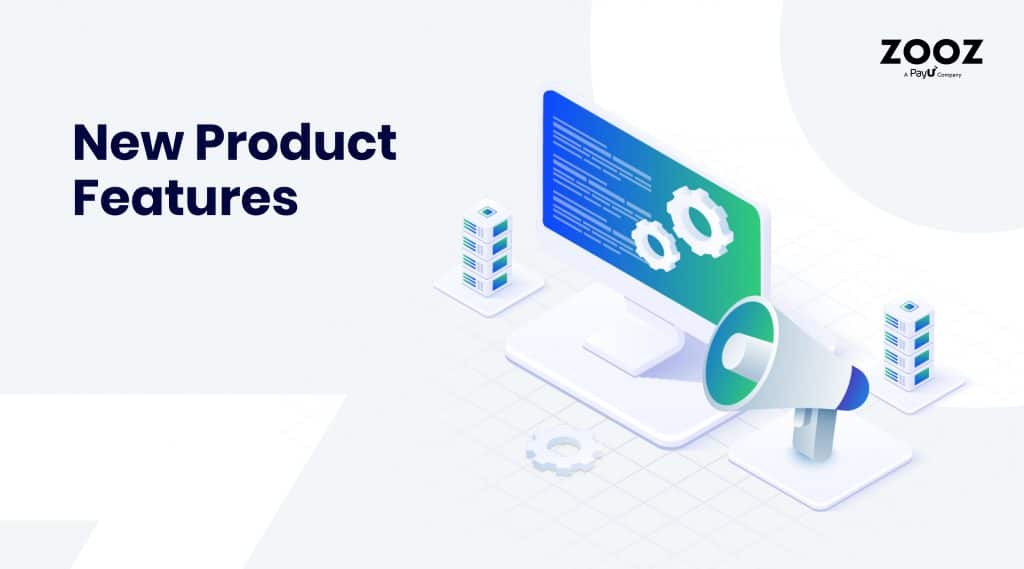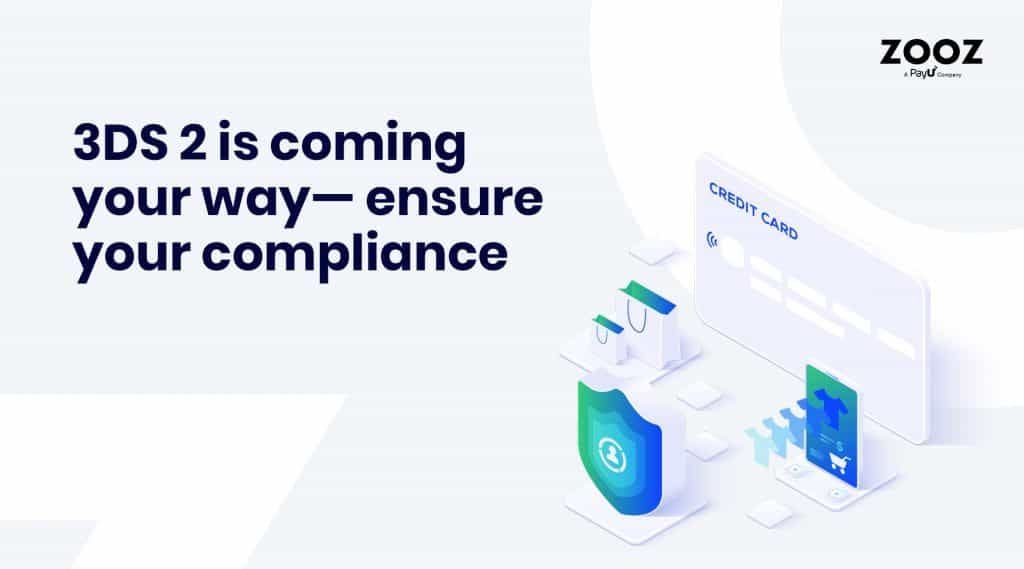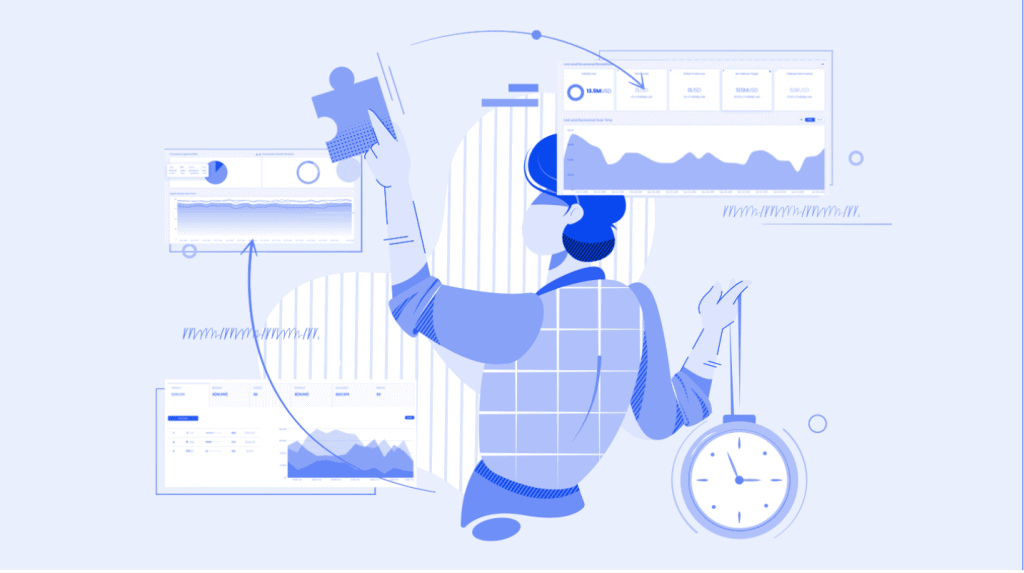How to Fortify Yourself Against Downtime
When it comes to your company’s payments, provider outage is your bottomline’s worst enemy.
Imagine the following scenario. Your company’s in hypergrowth. Your marketing team’s taken the time to design an effective, well-oiled purchase funnel. Your ad people have placed an expensive, catchy banner to attract customers to your website, or sent out a killer newsletter. They’ve done a good job, and customers are flooding in. They’re browsing your retail page, carefully selecting a number of items and placing them in their shopping cart. They go to the checkout page, go to the trouble of entering their shipping address, billing address, and credit card details. You’ve worked a month, a quarter, a year for the moment of purchase, only to have your customers receive the following error message :
Payment provider unavailable
The Lowdown on Downtime
According to a study conducted by Uptime Institute, outages are increasing in frequency, with a third of the study participants reporting outages in 2017. The average outage duration was about 96 minutes. In the US alone, 3,526 outages were recorded, impacting 36.7 million people that year. The cost per minute of outages was evaluated at $8,851 per minute.
Payment providers have been significantly affected by outages. A study commissioned in March 2017 by SafeCharge found that 76% of the European merchants surveyed experienced at least one payment outage in the year preceding the study. These outages can be caused by data center downtime, or various technical errors experienced by the payment providers, such as internal software or communications malfunctions. 42% of merchants experienced six or more partial outages during that year. The merchants cited financial losses ranging between €10,000 and €100,000 per outage, with 11% of merchants reporting losses of €1 million or more. In July 2016, for instance, vintage and craft seller giant Etsy’s suffered a massive outage due to a payments failure, rendering Etsy customers unable to make credit card purchases for six days. In less than a week, Etsy’s customer forums amassed over 7,000 messages from frustrated customers. TechCrunch estimated nearly a million lost transactions, which would have amounted to tens of millions of dollars in losses for Etsy.

Combat Downtime with ZOOZ Routing Rules
Some modern payment platforms come armed with a set of tools that help fight the prospect of downtime, and bring it to a minimum. ZOOZ allows you to fight downtime in multiple ways- first, it gives you an overview of all of your providers and their current performance so you can spot if one of them is down or not. ZOOZ also allows you to set up rules to re-direct payment to alternate provider automatically in case one of them is down. After you’ve set up connections to multiple providers, you can start guarding your payments against outages.
Customize Your Own Downtime Defense
Once you’ve configured Dynamic Routing rules, you can rest easy knowing your transactions are safe and let ZOOZ do the dirty work. But sometimes, you might want to have access to provider uptime data. For instance, you’d want to know if your main provider was down for two days, because transactions routed to a backup provider might have a significant impact on your business. It could mean a considerable decrease in acceptance rates, a significant increase in provider fees, or longer provider server response times.
Many providers offer their own status reports (Stripe is one example), but as an international, hyper-growing merchant, you are connected to two or more providers. Bookmarking each individual status checker, and checking up on them periodically, needs to be a thing of the past. And with ZOOZ’s Retrieve Health Status API request, it is!
Rather than running around collecting uptime data from your various providers, your developers can invoke the Retrieve Health Status API request. They can embed the data retrieved from this API request in your company’s internal dashboards, for instance, that your company’s managers use to make sure the operation’s running smoothly.
This API request is also super useful if you’d like to create custom tools or procedures for your support, ops or monitoring teams. You could create alerts based on status data, for instance, and receive alerts in case of provider downtime. You could then use these alerts to take action: generate a custom report to check up on your affected payments, reroute the traffic, or call your provider contacts to get more information on the outage. And of course, feel free to check out our own Status Checker.
No More Downtime: A Hypothetical Case Study
Let’s use a hypothetical case study to prove this point:
Travelex, an imaginary international flight merchant, sells tickets to customers from the United States and to customers from Europe. They are in hyper-growth, with more and more sales coming in every day.
With the help of ZOOZ, Travelex sends all of their American payments to RedWhiteBlue Payments, a US-based acquirer, and they send all of their European payments to Europa Payments, a European acquirer. Cindy, the Head of Payments at Travelex, has tested several acquirers and found that these acquirers achieve the best performance in their respective markets. With these providers, Cindy achieved a 90% acceptance rate in the American market, and a 91% acceptance rate in the European market.
At Cindy’s request, Travelex’s developers created a custom alerting tool for Travelex’s internal insights app. Using the Retrieve Health Status API request, they created a tool that sends Cindy a text message in case RedWhiteBlue or Europa experience an outage. This will allow Cindy to call her provider contacts in case of any technical failure, and stay informed about the status of her payments.
However, with Travelex’s customer base growing every day, Cindy is concerned about the number of customers who will potentially be affected by a RedWhiteBlue or Europa outage, and that customers will be unable to buy tickets during the downtime. Cindy wants to put an automated mechanism in place that will protect Travelex from a payment outage.
To activate the Health Checker option in Dynamic Routing, all Cindy has to do is log onto ZOOZ and create her own customized routing rules. Cindy sets RedWhiteBlue as the backup provider for Travelex’s European transactions, and Europa as the backup provider for Travelex’s United States transactions. She makes sure to toggle the switch that reads “Skip to next rule if target provider is down”.
ZOOZ’s Best Practices for Payments Downtime Prevention
Downtime is a terrifying event that can happen to every hypergrowth company. As sales’ volume increases and a company’s reputation is at stake, customers demand top performance and couldn’t care less whose fault it is if their payments cannot be processed. They will abandon their carts – and chances are that they won’t be coming back. So what can you do as a merchant? Always have several providers configured. Have at least one robust alternative provider in your dynamic routing scheme. Providers usually declare their downtime percentages on their websites – do your research.Try to automate the process as much as possible. Make sure your payment solution allows you to configure rules to make sure your payments are re-directed to alternative providers in cases of emergency – even if you are not there in the exact moment it happens. Downtimes can be prevented, or at least decreased to a minimum. Make sure you take the necessary preventive measures in advanced – contact ZOOZ today to make sure you are armed against downtimes.




